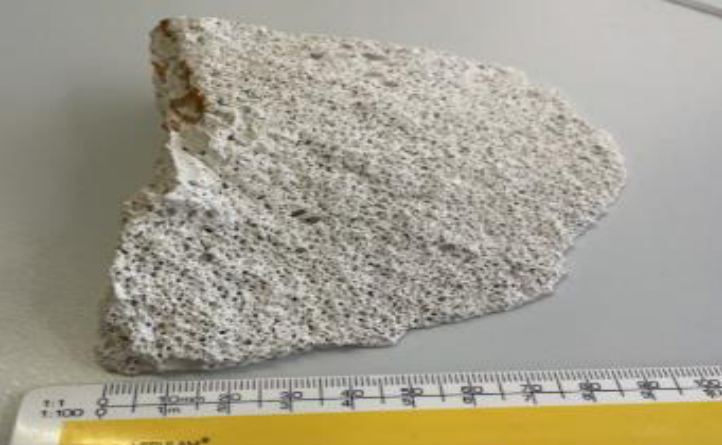What is RAAC concrete? How to tell if school buildings are at risk of collapse
Reinforced autoclaved aerated concrete is a lightweight form of concrete used from the 1950s to the 1990s
Your support helps us to tell the story
From reproductive rights to climate change to Big Tech, The Independent is on the ground when the story is developing. Whether it's investigating the financials of Elon Musk's pro-Trump PAC or producing our latest documentary, 'The A Word', which shines a light on the American women fighting for reproductive rights, we know how important it is to parse out the facts from the messaging.
At such a critical moment in US history, we need reporters on the ground. Your donation allows us to keep sending journalists to speak to both sides of the story.
The Independent is trusted by Americans across the entire political spectrum. And unlike many other quality news outlets, we choose not to lock Americans out of our reporting and analysis with paywalls. We believe quality journalism should be available to everyone, paid for by those who can afford it.
Your support makes all the difference.More than 100 schools, nurseries and colleges in England have been told by the government to close classrooms and other buildings that contain aerated concrete that is prone to collapse.
But what is aerated concrete, and why is it such a risk?
What is RAAC?
Reinforced autoclaved aerated concrete (RAAC) is a lightweight form of concrete that was used in schools, colleges and other building construction from the 1950s until the mid-1990s, according to a government website.
It is made from a combination of cement, lime, water, and an aeration agent. The mixture is poured into moulds and then subjected to high pressure and heat, known as autoclaving, to create a lightweight, strong, and porous material.
Where is RAAC used?
As of 30 August 2023, records show there were 156 educational buildings built with RAAC. Only 56 of these had “mitigations” in place, meaning engineers had deemed sites were not a risk due to areas being closed down or reinforced with other materials.

Why is it a risk?
The concrete is aerated and “bubbly”, contains no “coarse aggregate” and is less dense than traditional concrete, being around a third of the weight, according to a building consultancy.
This means it is more prone to collapse over time. In 2018, it was flagged as a safety risk after a school roof collapsed in Kent.
How can I find out if RAAC has been used?
RAAC has an open texture with open-sided bubbles often visible. The surface is slightly crumbly when touched and easy to gouge with a screwdriver. If the concrete has been heavily painted or coated it may be harder to identify.
The term “RAAC” or “Reinforced Autoclave Aerated Concrete” might also be found in original design and drawing plans for buildings constructed between 1950 and 1990.



Join our commenting forum
Join thought-provoking conversations, follow other Independent readers and see their replies
Comments